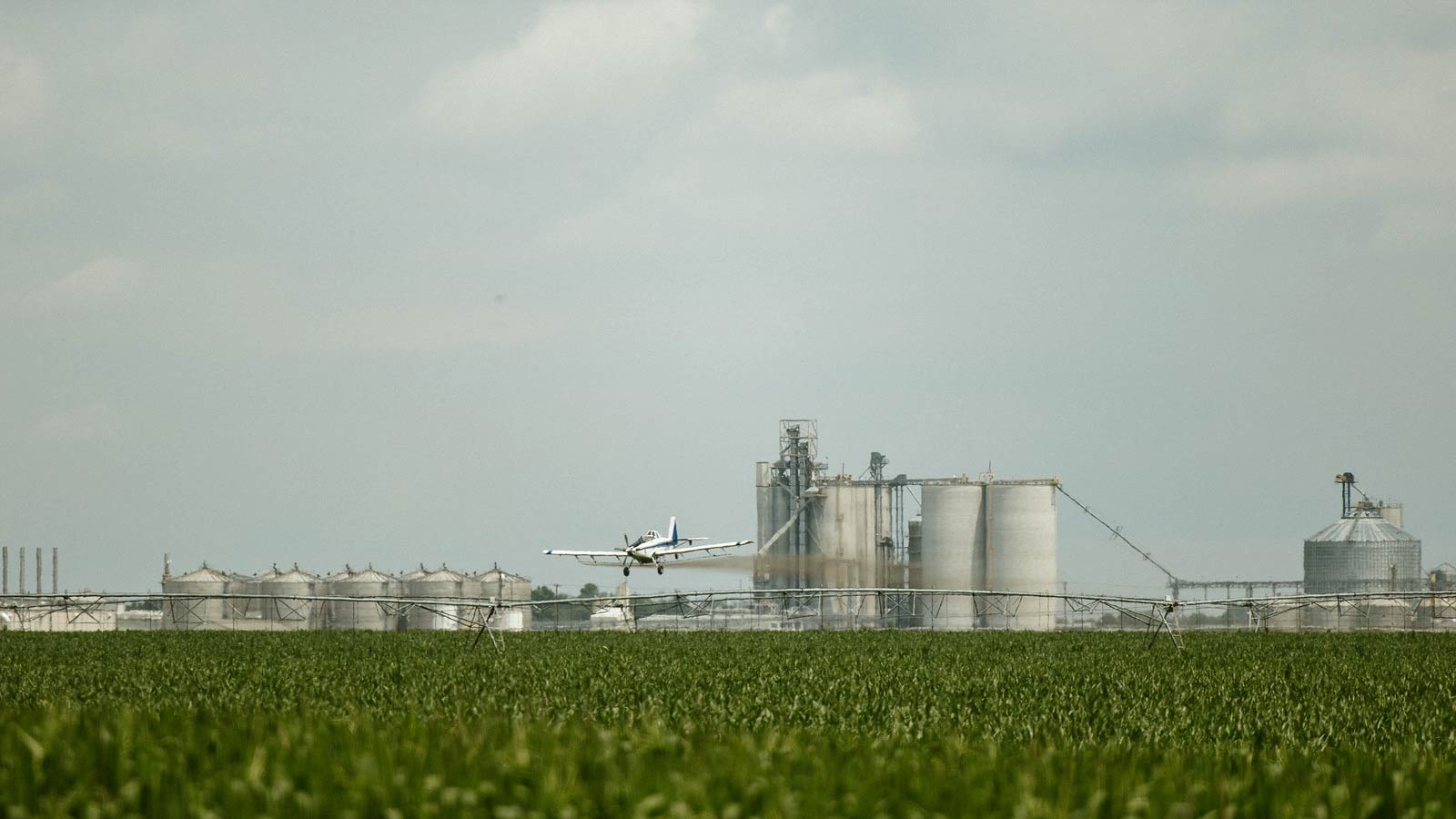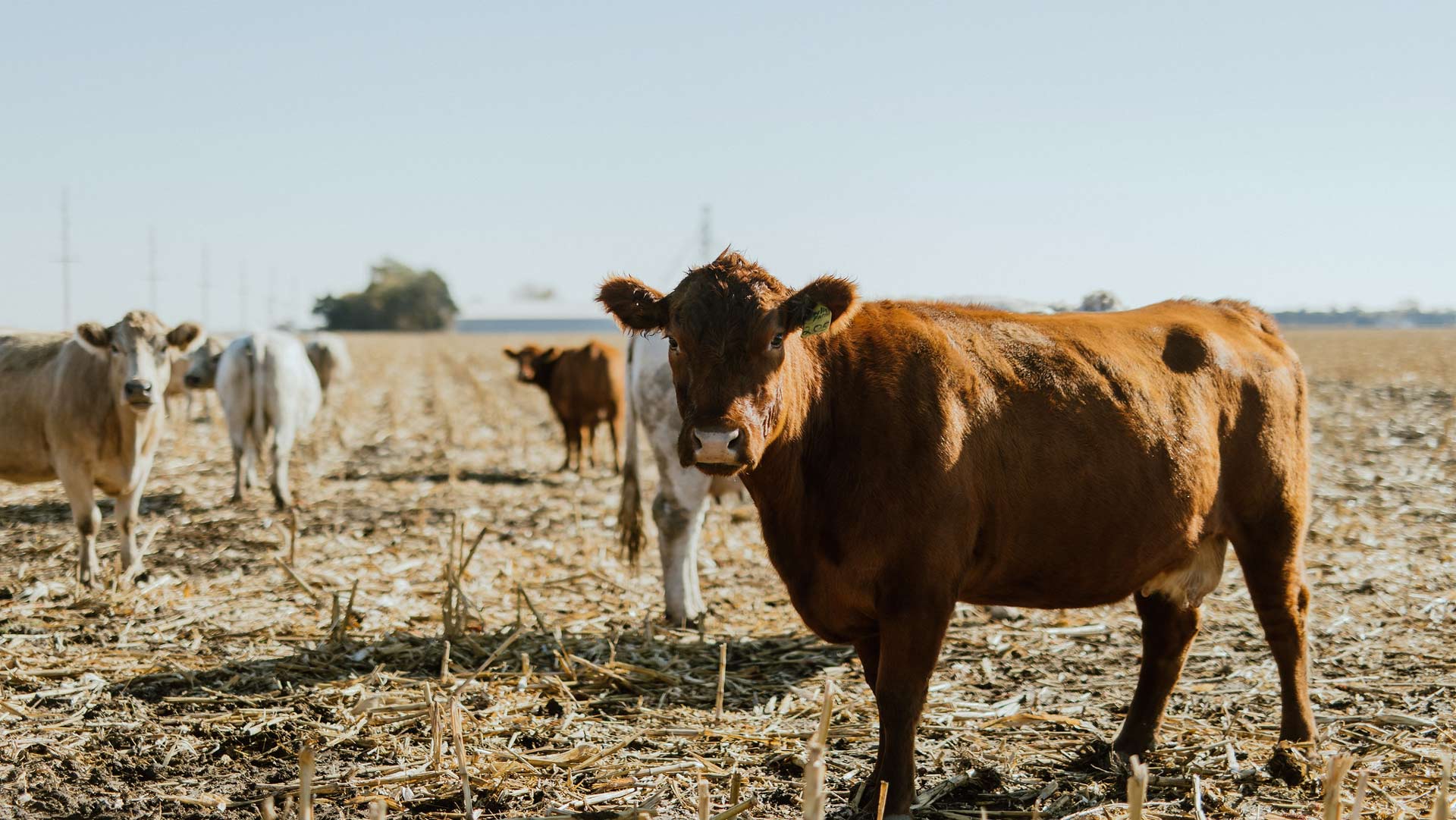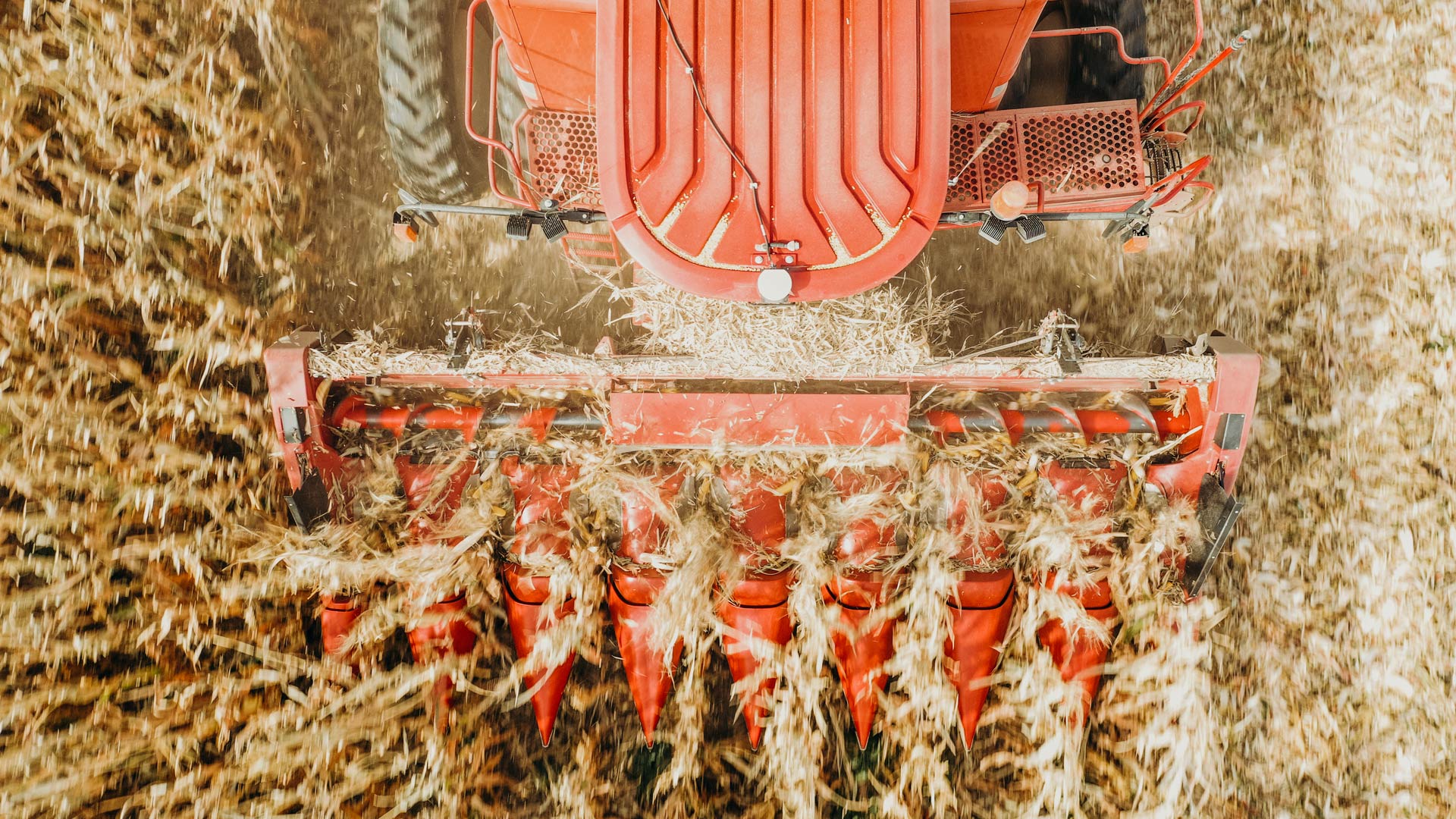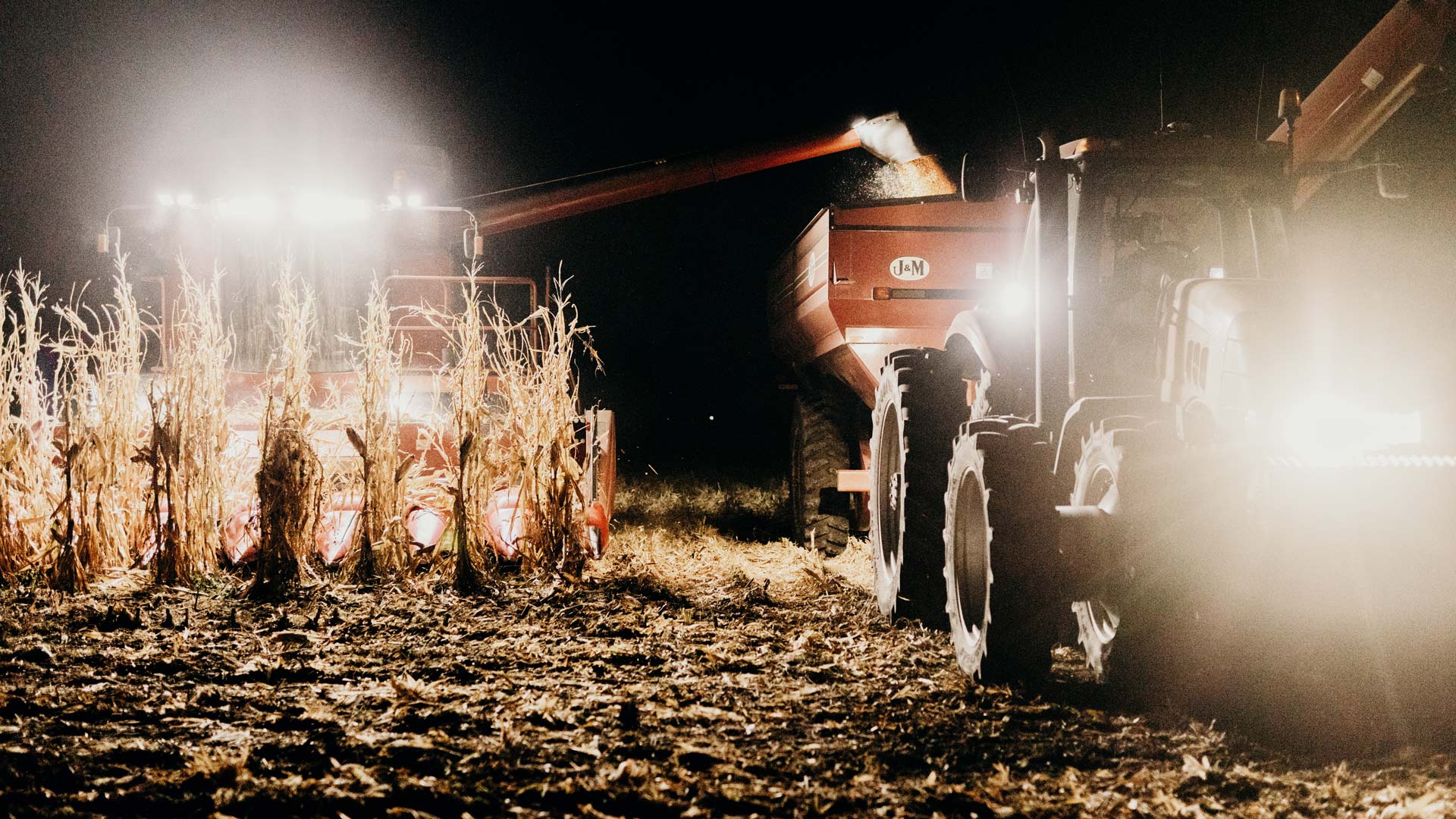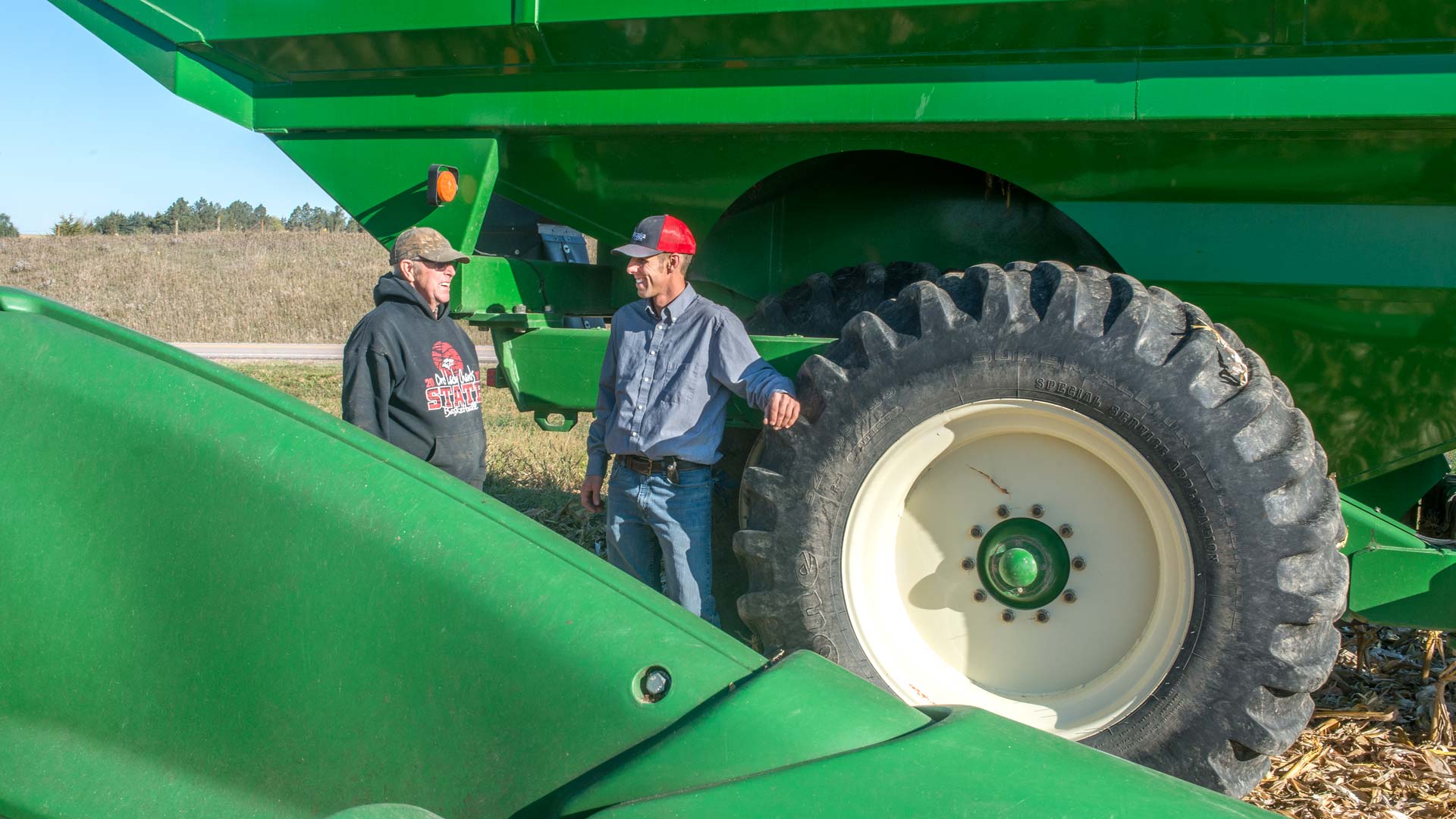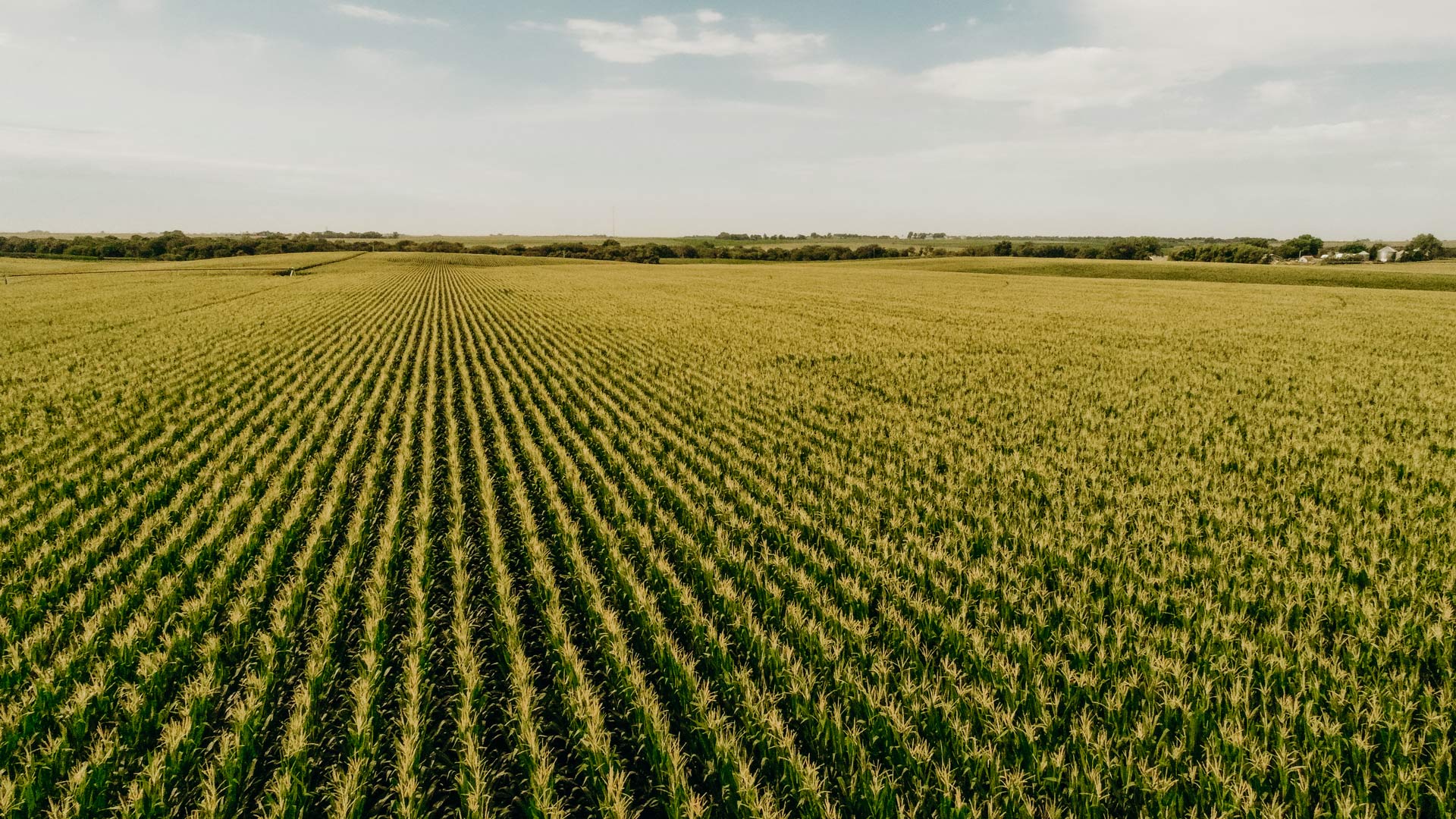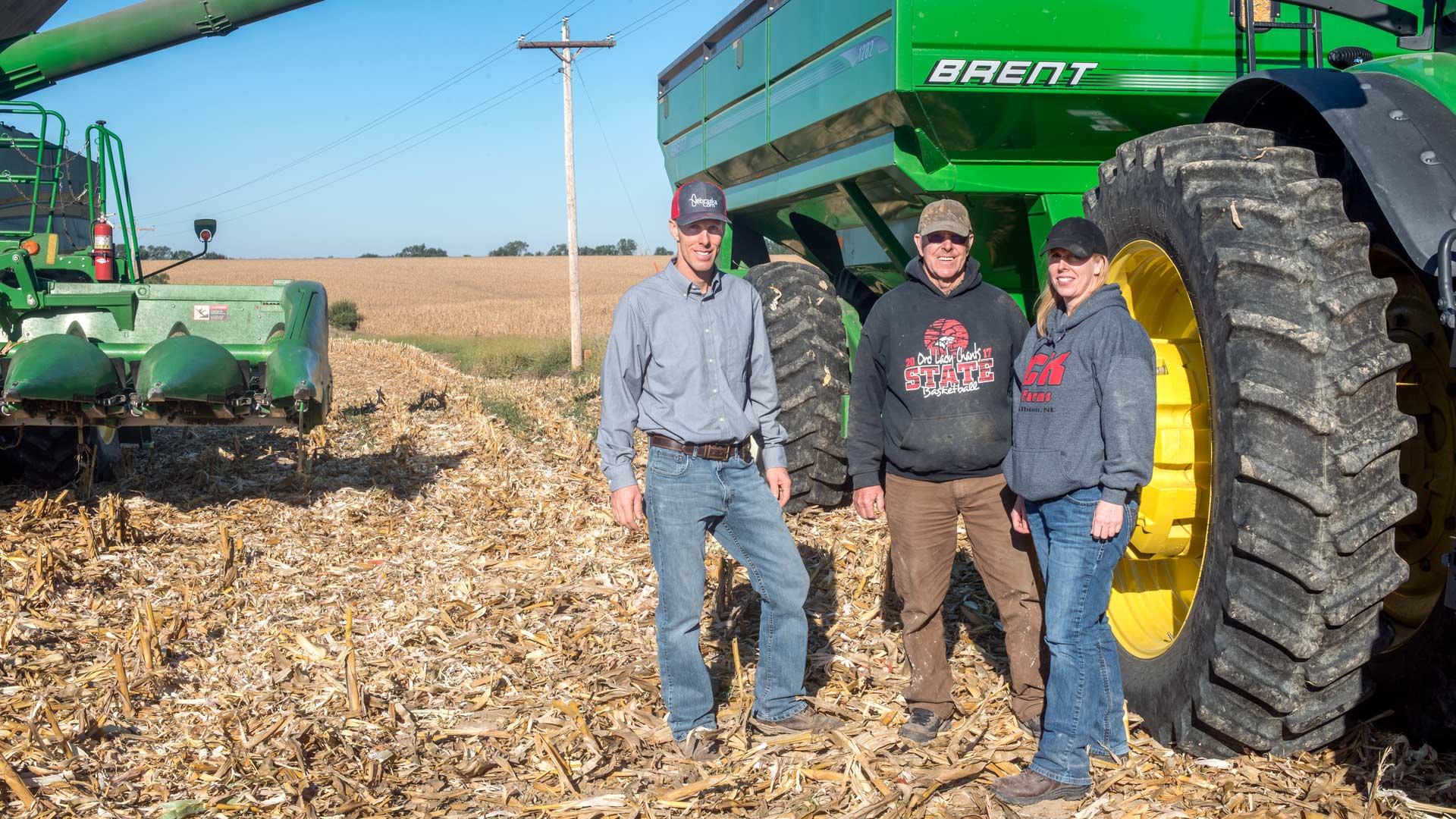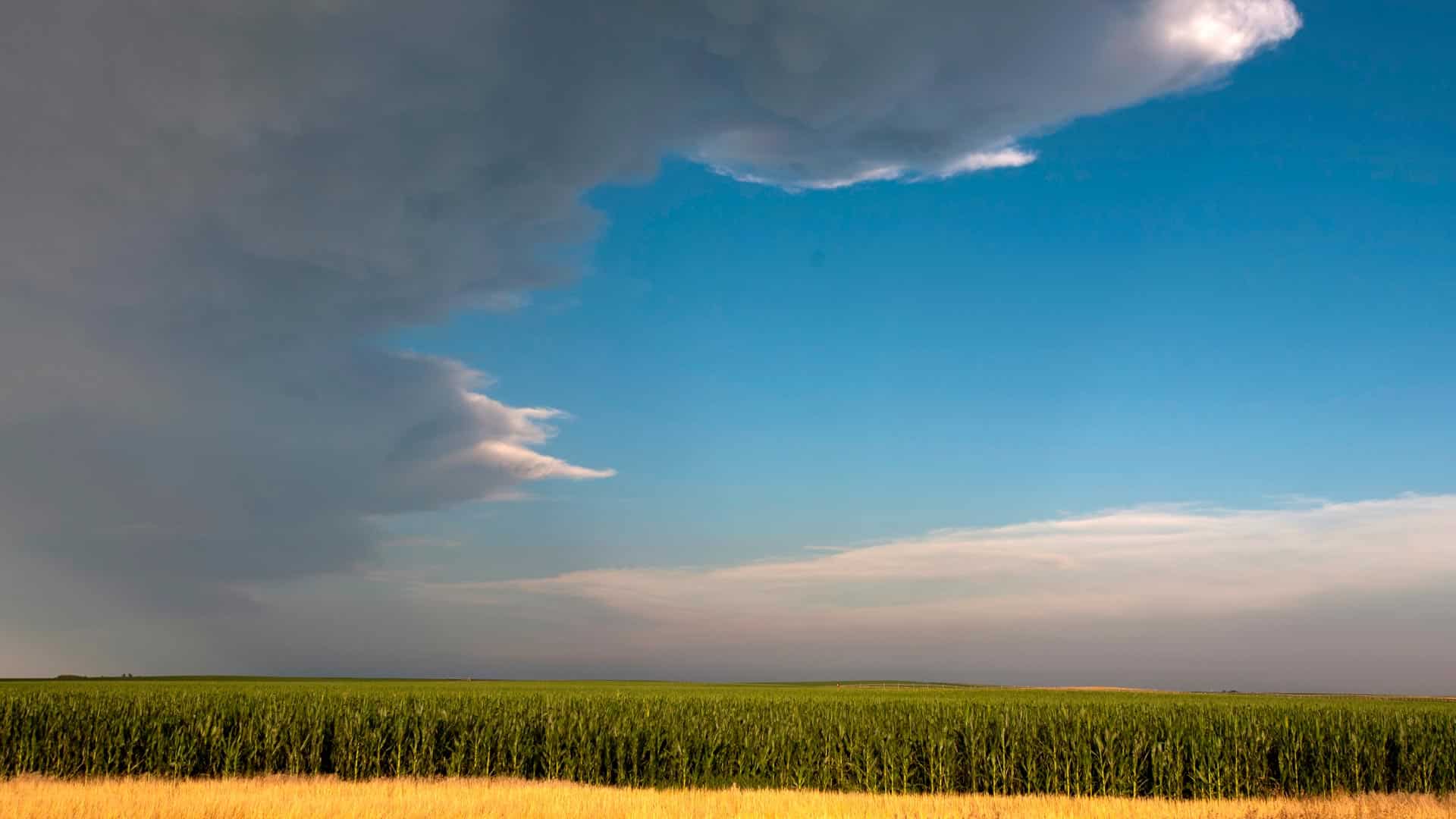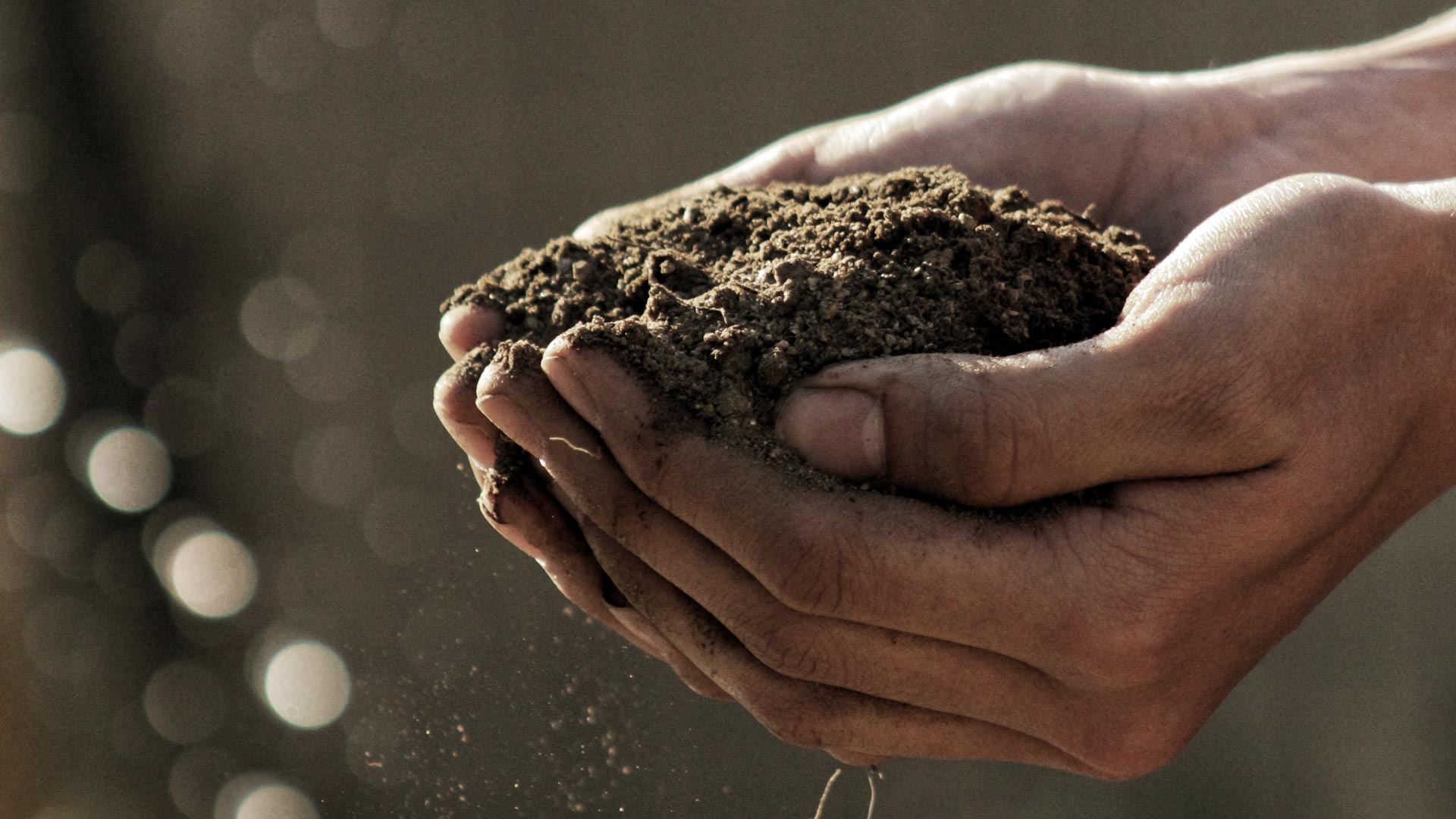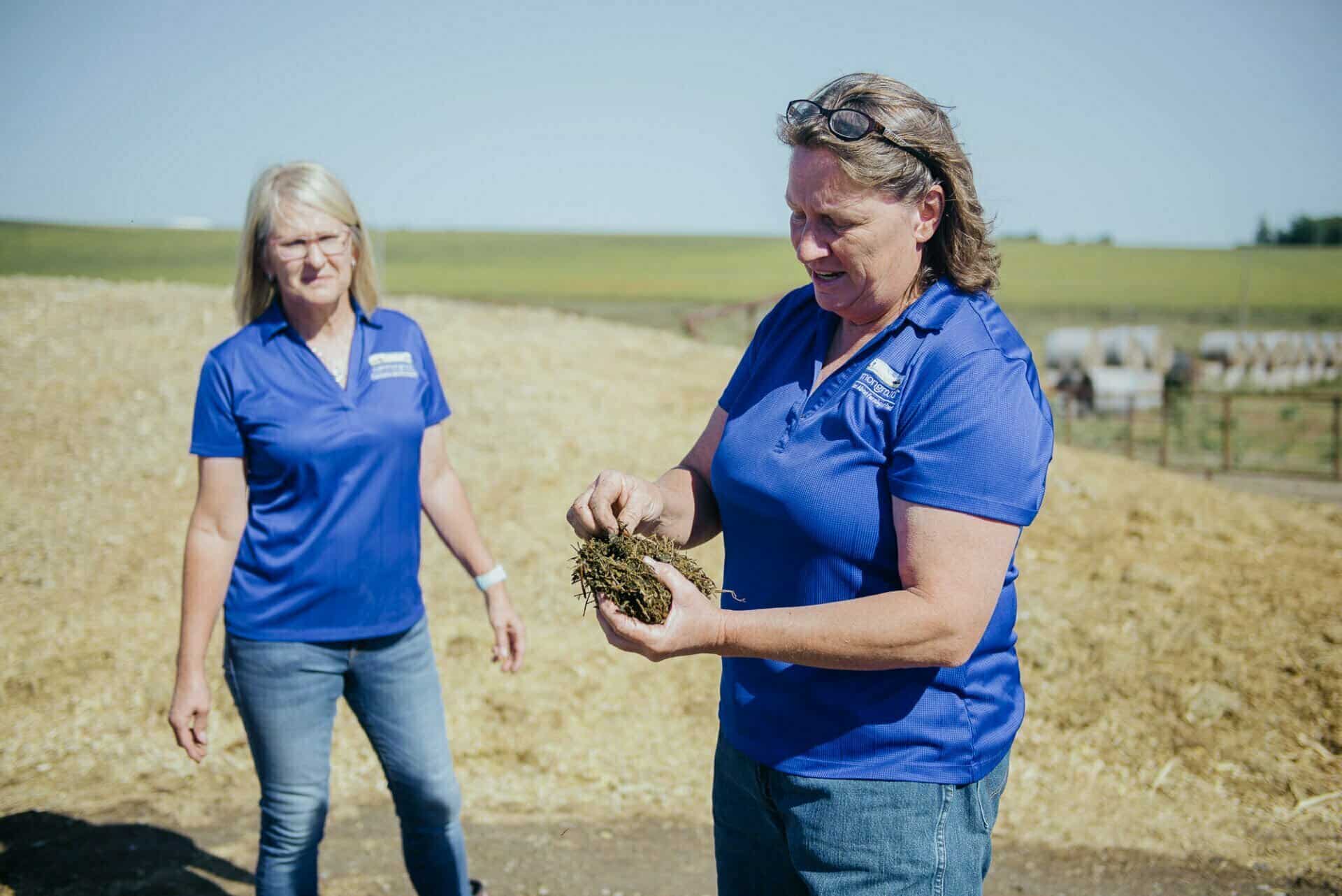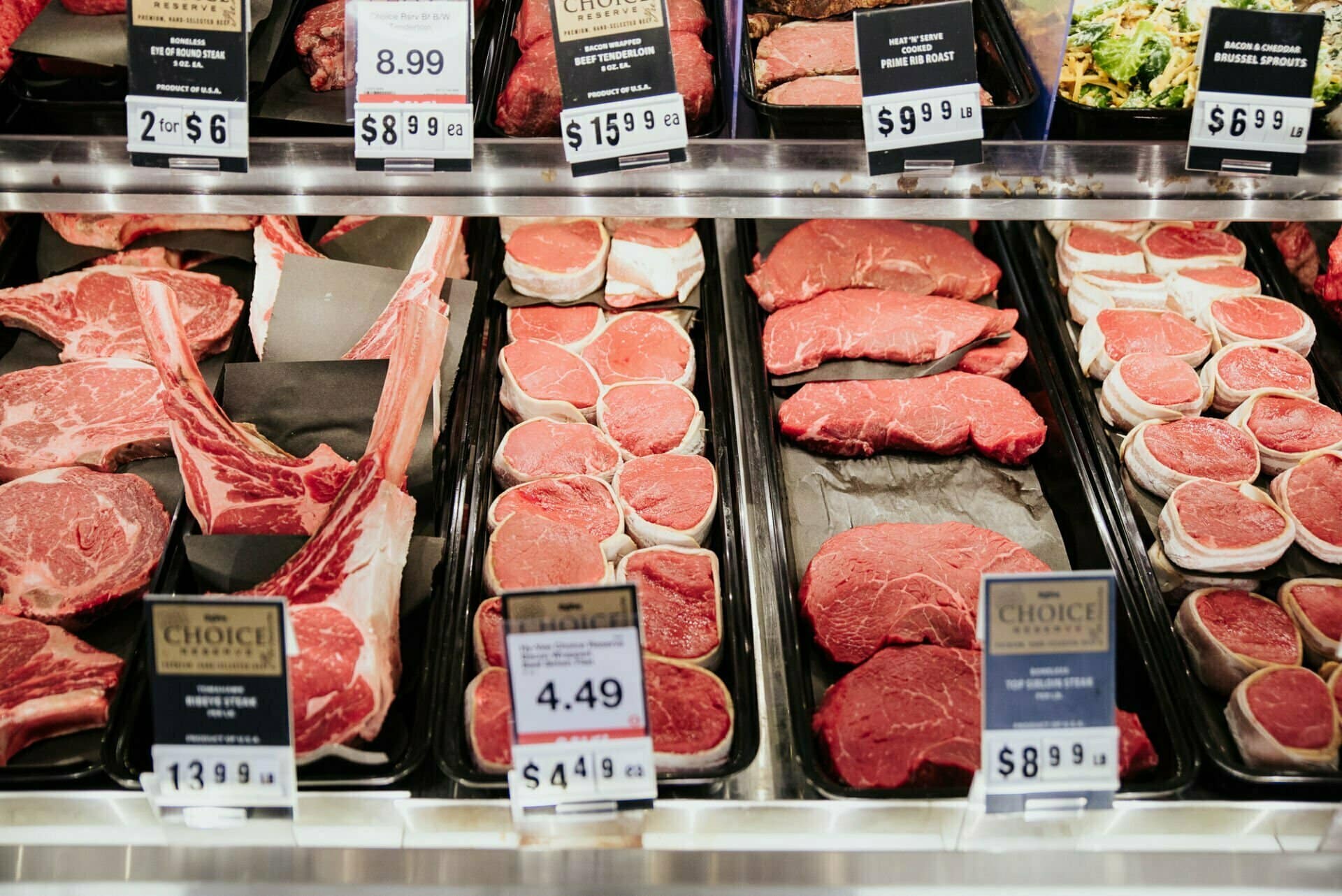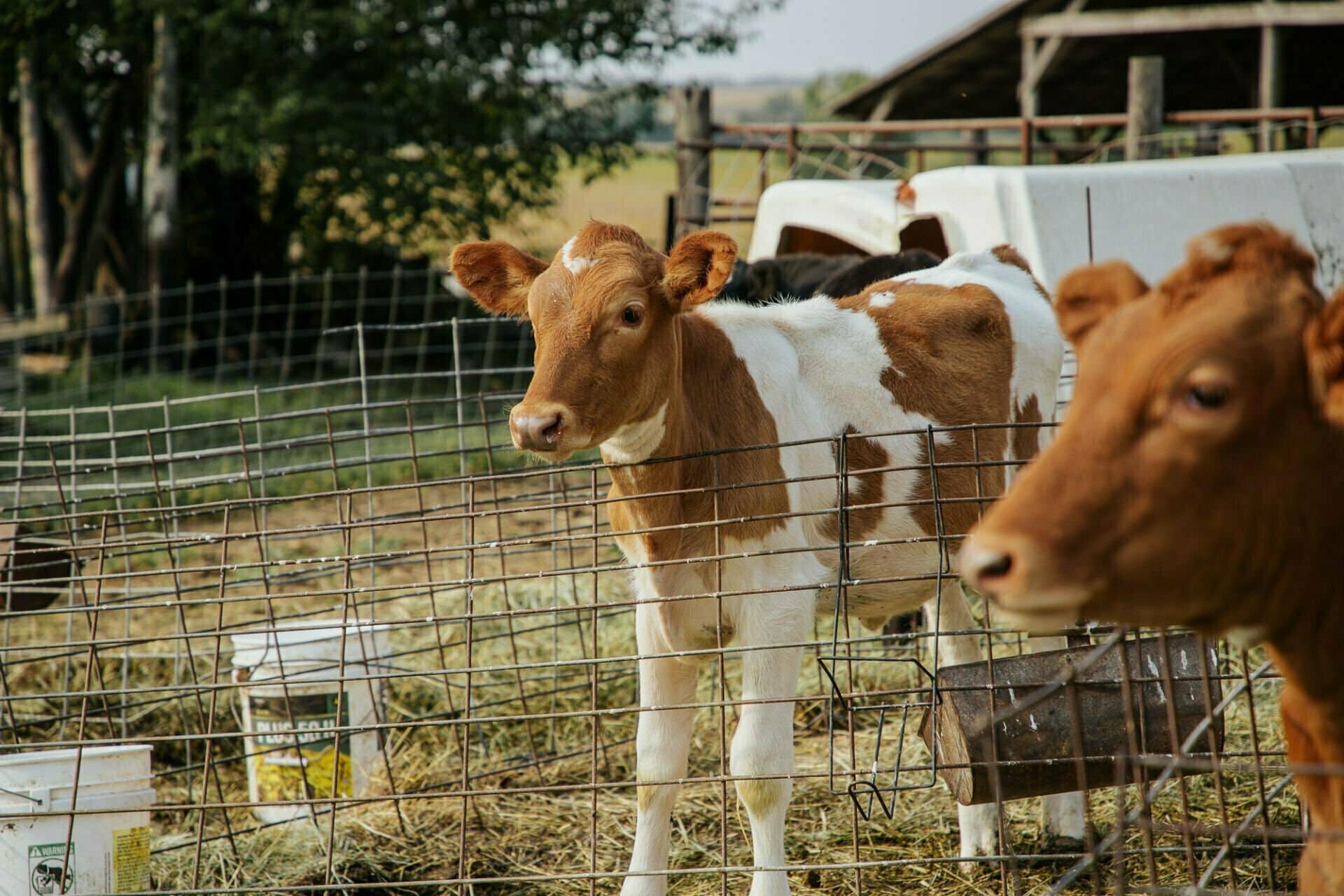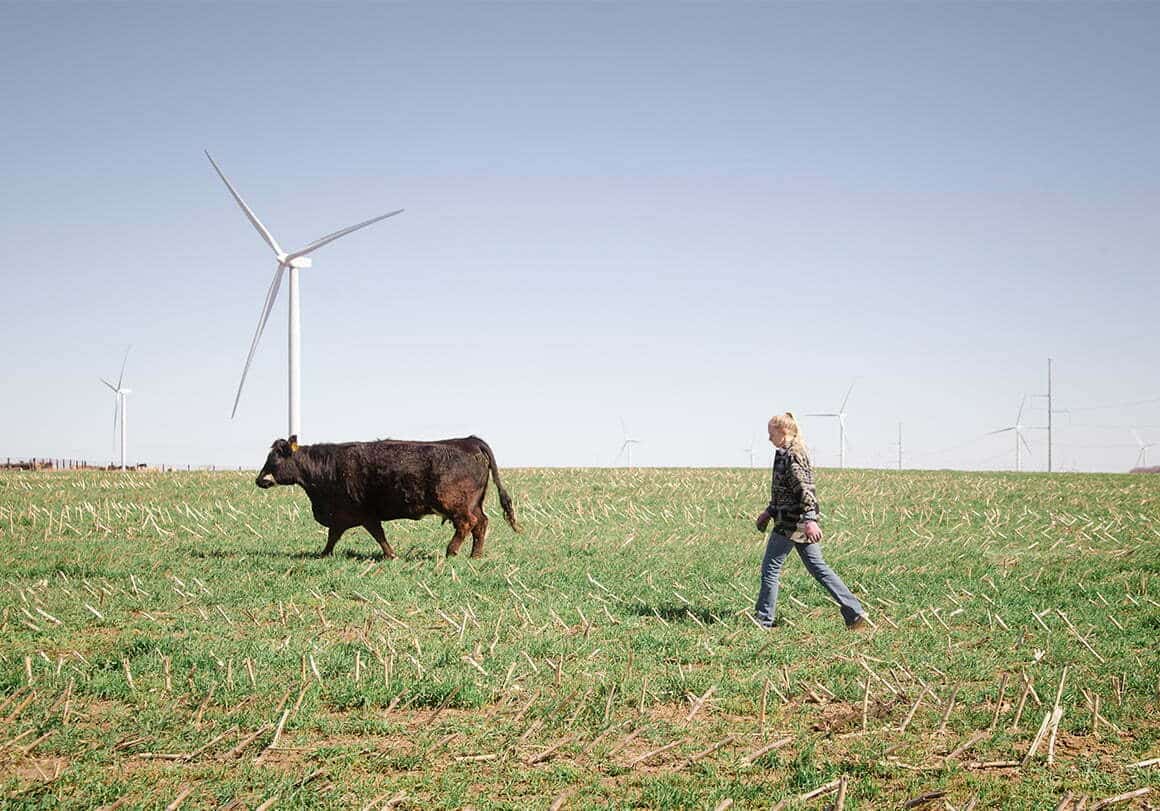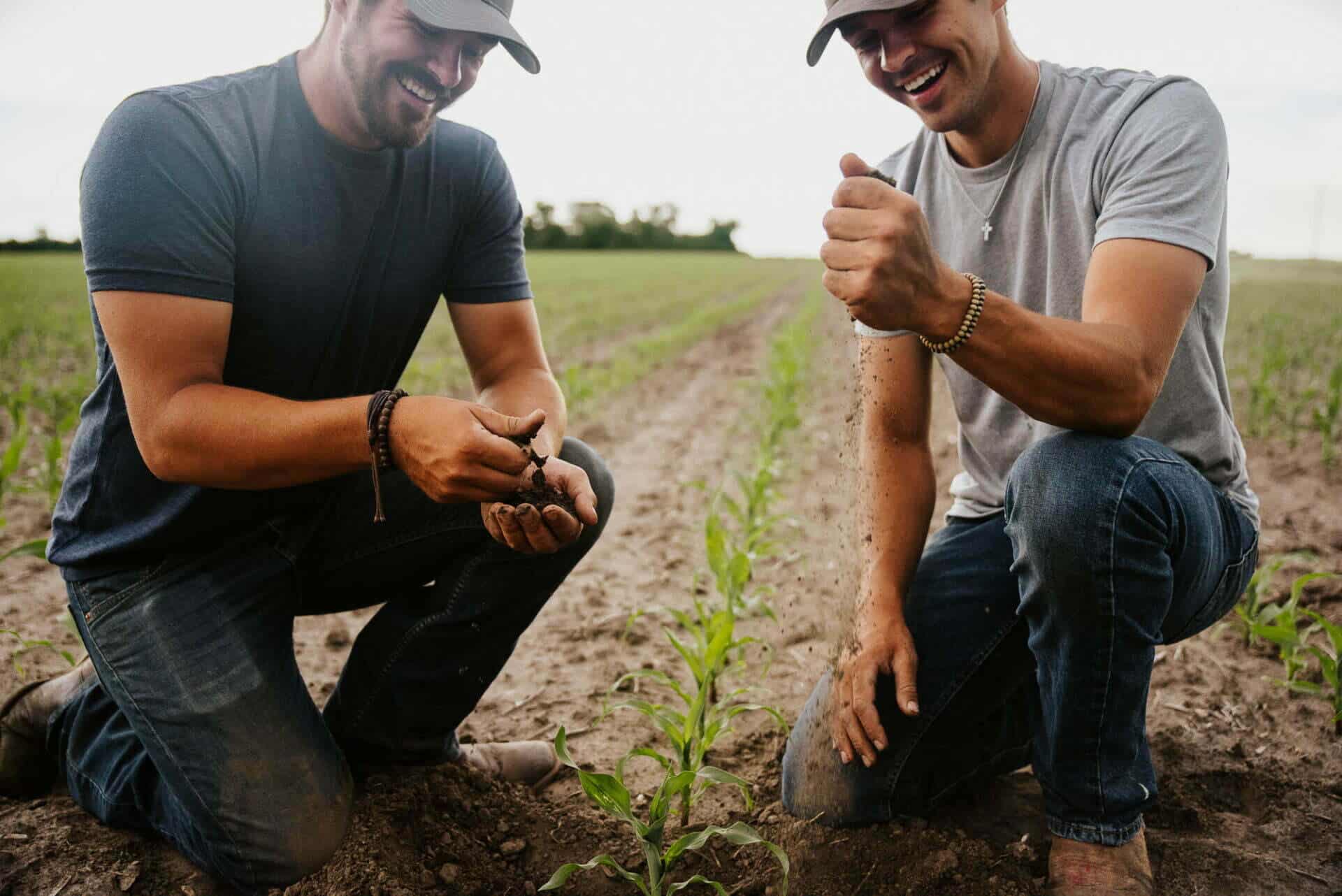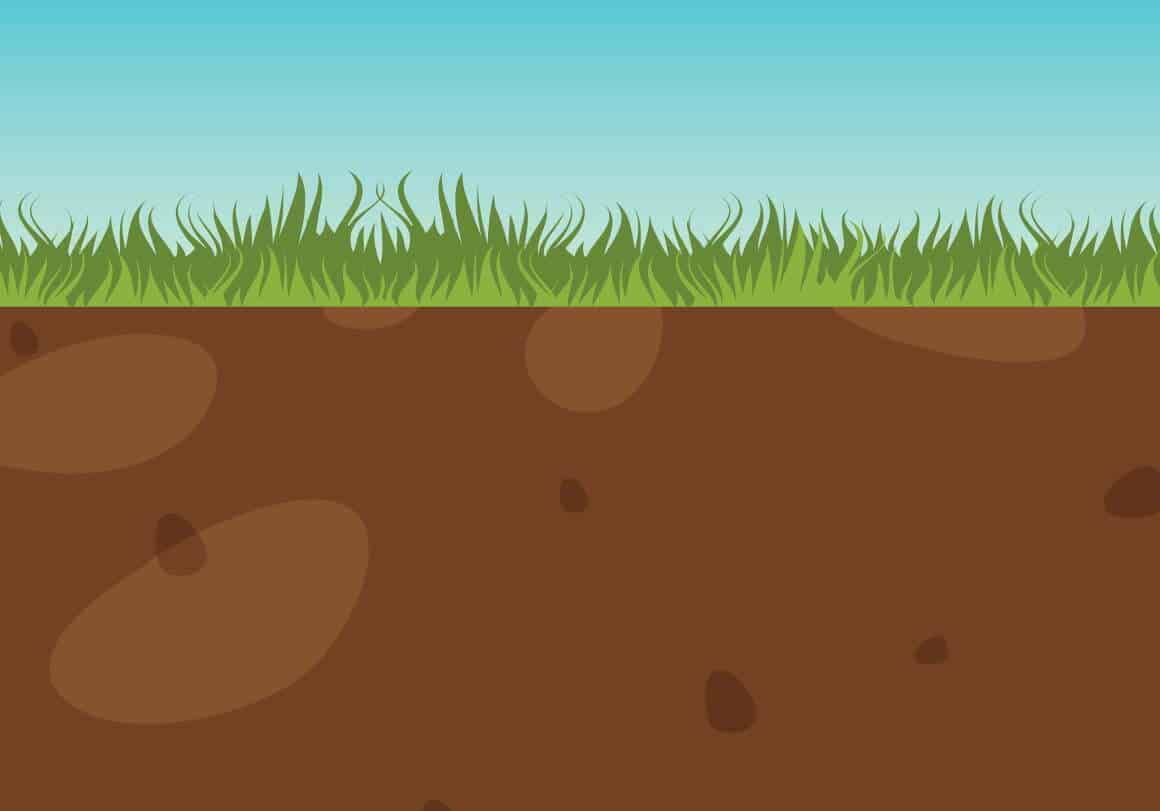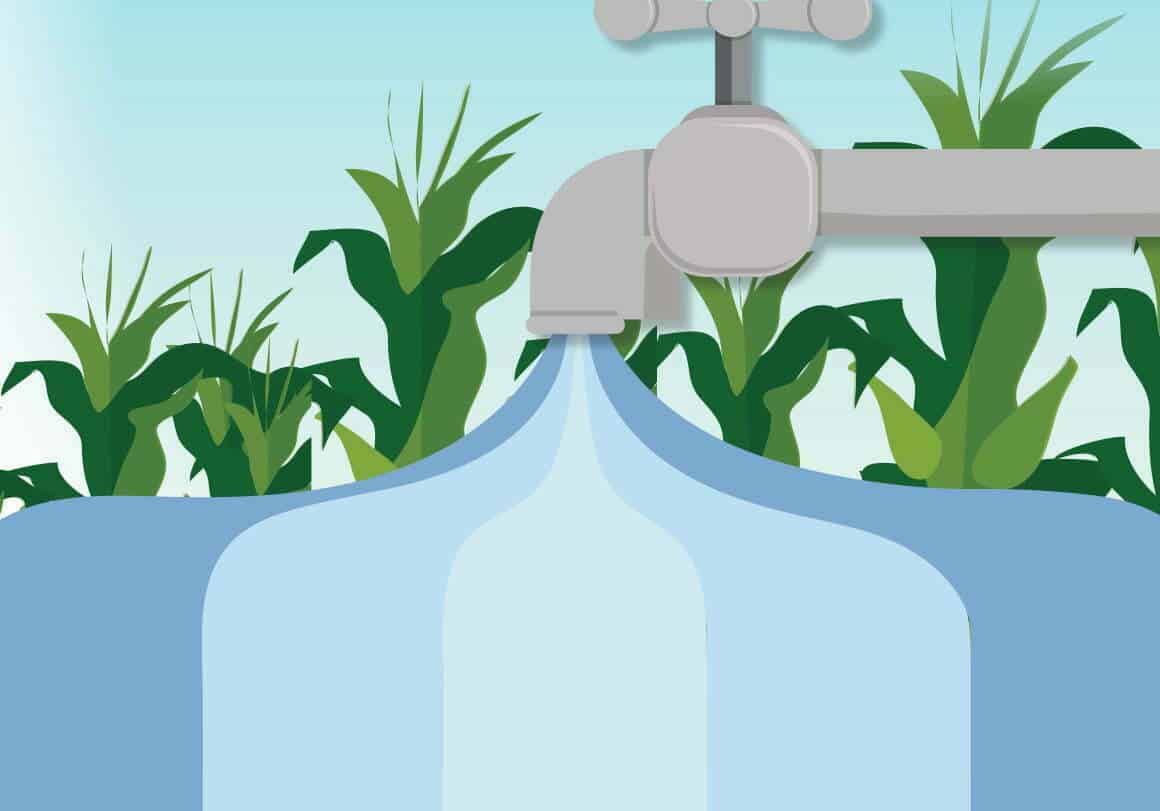CornsTalk
How Custom Farming Works for Corn Growers and Landowners
Each spring, many corn fields across Nebraska are planted not by the landowners, but by other farmers hired to complete these key tasks. This practice, known as custom farming or custom hire farming, allows landowners to hire others to farm their land. Farmer Ethan Zoerb, of Litchfield, Nebraska, provides custom [...]
How Precision Agriculture Takes Corn Farming into the Future
Precision agriculture is revolutionizing the way Nebraska corn farmers grow their crops. By using advanced technology and data analytics, growers are able to maximize yields while minimizing waste. This new approach is helping Nebraska [...]
A Field of Opportunity: U.S. Carbon Markets Explained
Agricultural carbon markets are a way for corn farmers to combat climate change while potentially unlocking new revenue streams. These markets allow farmers to earn carbon credits using climate-friendly sustainable farming methods—such as no-till [...]
A Guide to Agricultural Internships: Hands-On Knowledge for Your Career
The Nebraska Corn Board, now in its 34th year of sponsoring agricultural internships, is committed to educating the next generation of agricultural leaders. These paid internships, offered in partnership with key industry leader organizations, provide [...]
Corn Irrigation: Providing Responsible, Sustainable Growth for Nebraska Crops
Irrigation is crucial for Nebraska's agricultural economy, providing corn and other crops water in a sustainable manner that protects the state's water supplies. Modern irrigation systems in Nebraska allow farmers to precisely water their [...]
Trade Missions: Reaching Global Corn Customers, Strengthening Partnerships
Cultivating relationships is key to successfully marketing any product. In today's economy, that often means going global. The Nebraska Corn Board connects farmers with customers around the world through international trade missions. During these [...]
Corn Farming: How Smart Farming Is Sustainable Farming
Sustainability is at the heart of modern agriculture and key to promoting responsible stewardship of natural resources to ensure the long-term viability of Nebraska’s family farms.One of the ways Nebraska’s corn farmers increase sustainability is [...]
Farmers are Partnering to Protect the Environment
For farmers and ranchers, prioritizing sustainability extends far beyond their own land. That’s how a unique initiative called Farmers for Monarchs was born. Farmers for Monarchs is a collaborative effort that includes farmers, ranchers, landowners, researchers, academic institutions, [...]



